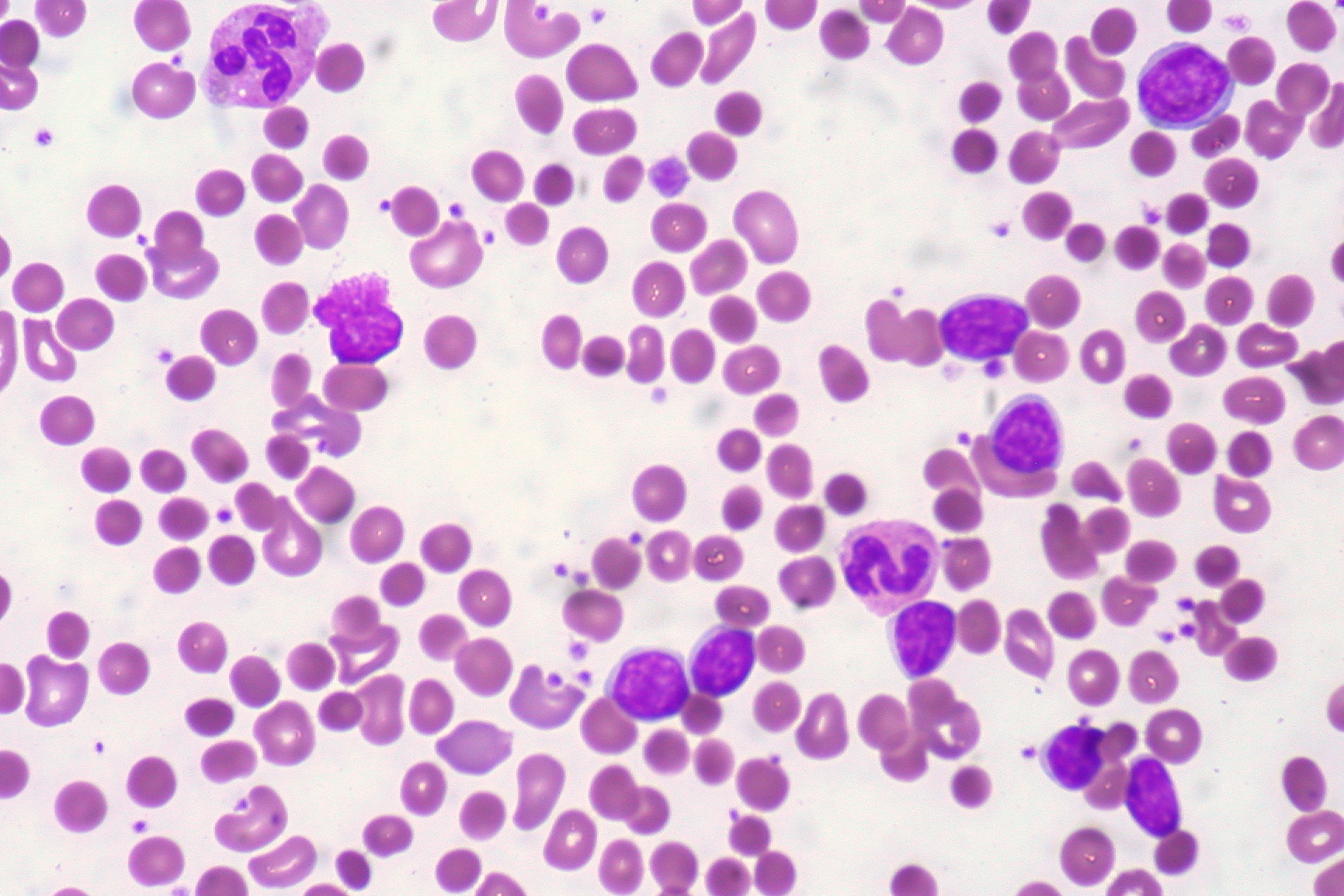Playlist
Show Playlist
Hide Playlist
Pyruvate Kinase Deficiency: Morphology and Clinical Pathology
-
Slides PyruvateKinaseDeficiency RedBloodCellPathology.pdf
-
Reference List Pathology.pdf
-
Download Lecture Overview
00:00
So what then happens
to your RBC?
It gets spiculated.
00:06
In other words, your RBC looks like it has
little needle projections from the RBC.
00:12
So you definitely know
that the RBC is misshapen.
00:14
And most likely,
something to do with the decreased
production of ATP because you’re stuck at?
Well, you’re stuck at
phosphoenolpyruvate, right?
And whenever you have a misshapen RBC,
where does it go for destruction?
Hereditary spherocytosis, hereditary
elliptocytosis, sickle cell.
00:34
All of them are going to go
to the spleen, resulting in?
Extravascular hemolysis.
00:38
Now, this is a child.
00:40
Whenever you have an enzyme deficiency,
you’re born with a disorder.
00:45
Serum methemoglobin is elevated.
00:47
Why?
NADH is inadequate.
00:53
Almost, well, most common
error in glycolysis.
00:56
However, in terms of
a disease though,
it’s quite rare, but make sure
that you know in greater detail
all of the different points that we made
here about pyruvate kinase deficiency.
01:07
What are you going to find?
This RBC is going to
take on bizarre shape.
01:11
And this bizarre shape is
then known as an echinocyte,
most likely due to as we said,
inadequate amounts of ATP,
having some type of influence in a negative
manner on the sodium potassium pump
in which you end up finding here
on a peripheral blood smear
are these weird spiculated
type of echinocytes.
About the Lecture
The lecture Pyruvate Kinase Deficiency: Morphology and Clinical Pathology by Carlo Raj, MD is from the course Hemolytic Anemia – Red Blood Cell Pathology (RBC).
Included Quiz Questions
Pyruvate kinase is responsible for converting which of the following chemical compounds into pyruvate?
- Phosphoenolpyruvate
- Pyruvate carboxylase
- Pyruvate dehydrogenase
- Adenosine triphosphate
- Adenosine diphosphate
The oxygen–hemoglobin dissociation curve is shifted to the right as a result of which of the following parameters?
- Increased 2,3-bisphosphoglycerate
- Decreased carbon dioxide concentration
- Decreased hydrogen ions
- Increased pH
- Decreased temperature
The oxygen–hemoglobin dissociation curve is shifted to the left as a result of which of the following conditions?
- Methemoglobinemia
- Anemia
- Fever
- Pyruvate kinase deficiency
- Acute acidosis
Which of the given cell types is associated with pyruvate kinase deficiency?
- Echinocyte
- Enterocyte
- Pinacocyte
- Solenocyte
- Electrocyte
Customer reviews
5,0 of 5 stars
| 5 Stars |
|
5 |
| 4 Stars |
|
0 |
| 3 Stars |
|
0 |
| 2 Stars |
|
0 |
| 1 Star |
|
0 |




